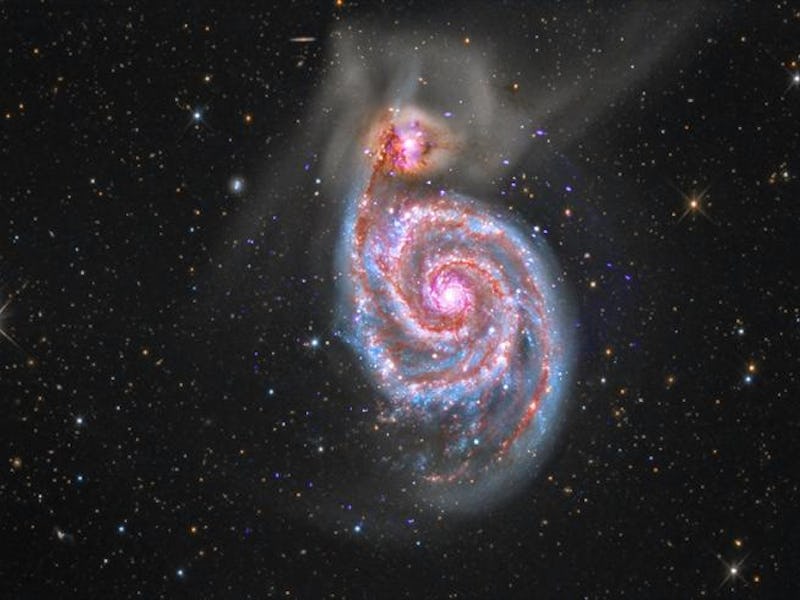Scientists shows one type of planet is more likely to have aliens
A new study narrows down our search for habitability.

Billions of years after the Big Bang that theoretically birthed our universe, planets began to form from a swirl of gas, dust, and rock with our own home planet coming into existence around 4.5 billion years ago.
New evidence suggests that the older generation of planets that formed around the same time are the ones most likely capable of supporting life, while planets that formed, later on, are less likely to support life.
The research was presented at the Goldschmidt Conference, an international conference on geochemistry, held on June 21-16.
The team behind the new research ran hundreds of simulations using the Australian National Computing Infrastructure to observe how the interior of planets develops over time.
Scientists are on the hunt for exoplanets that may support life the same way Earth does.
The simulations showed that rocky planets that formed early on in the universe had a greater chance of developing plate tectonics and a magnetic field than planets that formed later on. Plate tectonics are a good indication of whether or not a planet is habitable.
"Plate tectonics act as a kind of thermostat for the Earth creating the conditions which allow life to evolve," Craig O'Neill, director of the Macquarie Planetary Research Centre at Macquarie University, and lead author behind the new research, said at the conference. "Planets which formed later may not have developed plate tectonics, which means that they don't have this built-in thermostat."
Plate tectonics not only affect the surface temperature of a planet, but the core of a planet will not cool down without it which means it will likely not develop a magnetic field. Without a magnetic field, a planetary body is not protected from solar radiation and will lose its atmosphere over time.
"Plate tectonics is important for habitability, and it looks like the optimum conditions plate tectonics existed for planets forming early in the galaxy's lifespan, and may be unlikely to easily recur," O'Neill said. "For life, maybe that was as good as it gets."
Planets forming later on in the universe's timeline have different materials in the cosmos to draw from. Conditions in the galaxy have changed over time, with the material being expelled from explosive supernovae, or the death of large stars, and different material coming together to form other objects such as stars or planets.
Planets form from the material surrounding their host star, and that material is different today than it was billions of years ago when the Earth formed. So this new generation of planets are made up of slightly different material, and just don't have the right stuff to support life anymore.
"So the planets which formed earlier did so in conditions favorable to allow the development of life" O'Neill said, "These conditions are becoming increasingly rarer in our galaxy."
Since the discovery of the first exoplanet in 1992, astronomers have been on the hunt for more of these alien worlds in the hopes of finding one that is capable of supporting life. There are currently more than 4,000 confirmed exoplanets orbiting around different types of stars with missions such as NASA’s Kepler mission and the Transiting Exoplanet Survey Satellite (TESS) observing them in the distant universe.
However, the researchers behind this recent work believe that it is important to combine these observations with simulations to inform our understanding of habitability on other worlds.